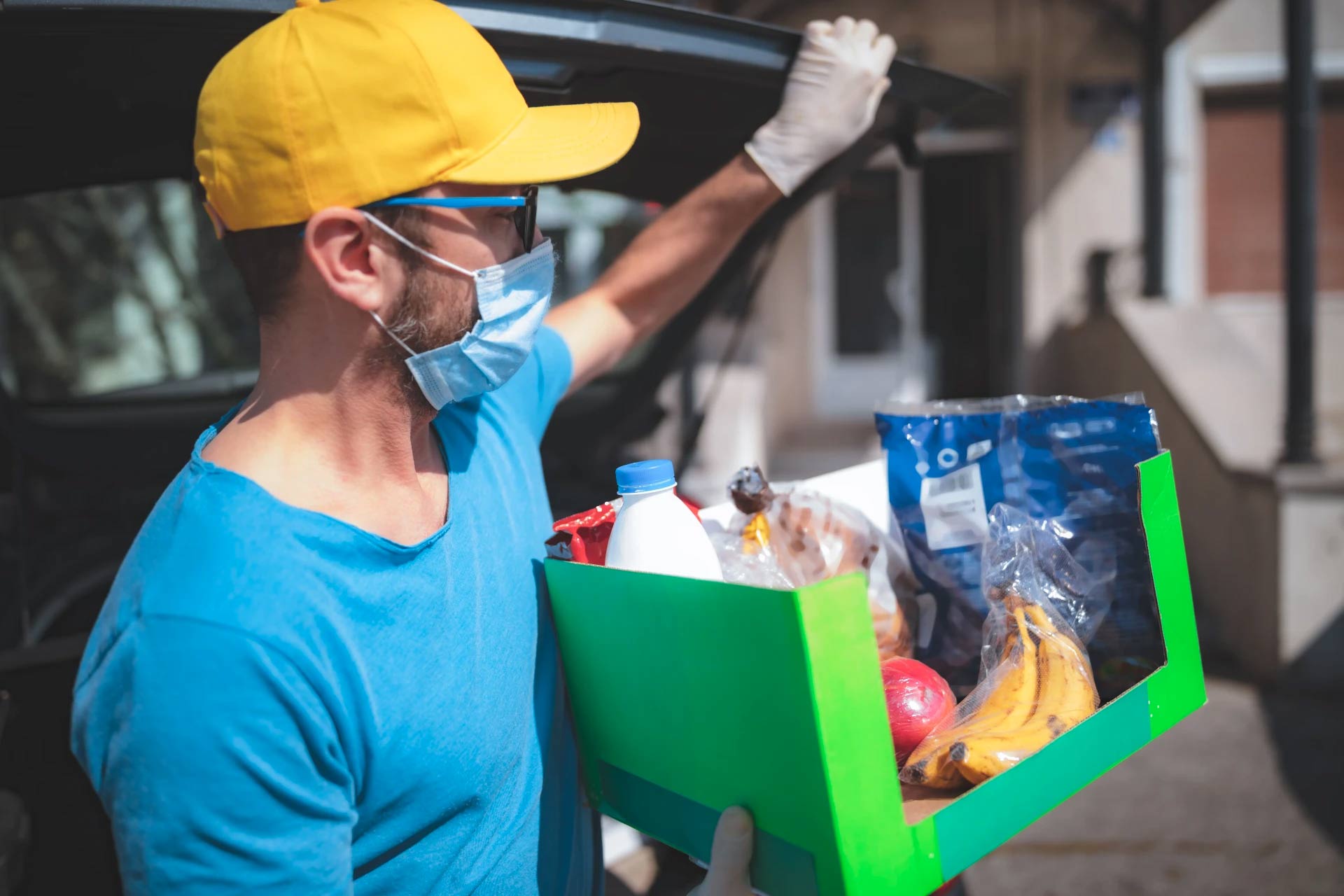The pandemic is transforming the concept of grocery stores as we know them. Especially with the spotlight on health concerns and avoiding crowds, grocery shopping is becoming a multichannel experience. Online grocery sales are on track to grow 40% during 2020 and older consumers are becoming some of the fastest adopters of online grocery shopping. In the past month, Instacart has signed up 60,000 adults over age 60 for online grocery delivery with its Senior Support Service, and 45% of boomers are shopping online more often because of the pandemic.
Now that shoppers have more choices and no longer have to go to the store, retailers are looking at ways to maximize the productivity and output of their grocery store locations. At Zippin, we believe that one answer is to use cashierless technology that not only provides a checkout-free, frictionless shopping experience, but offers superior inventory tracking and ecommerce-style insights.
We are also seeing the convergence of a few trends that are driving changes in how grocery stores manage their retail spaces for a frictionless customer experience - online and in-store.
1. The Rise of Grocery Stores As Micro Fulfillment Centers
This year grocery retailers have had to quickly rethink the role and function of their store facilities to meet customer demands, and are repurposing their grocery stores to serve as micro fulfillment centers (MFCs), dedicated to fulfilling online orders.
As described in Retail Dive, grocery retailers are adapting to the rise of ecommerce with flexible approaches: some are using store pickers to fulfill orders in-store, others are using “dark stores” or warehouses with automated pickers that are fully dedicated to online orders or subscription-based purchases, and some stores are creating dedicated picking areas for human employees in-store or at the back of store, alongside other in-store operations.
Depending on their size, location and customer base, not every retailer will convert 100% of grocery stores to a micro distribution center model immediately. But retailers are likely to be more flexible and adaptable for how they use their store space. Many stores might become a hybrid environment with in-store shoppers moving through the aisles next to pickers who are fulfilling online orders. The neighborhood supermarket might simultaneously serve as a “store” for one person and a “warehouse” for their neighbor who’s shopping online from home.
2. Combining the Best of Multiple Channels: In-Store and Online
Grocery retailers are combining multiple sales channels - in-store and online - to create a better customer experience. At the height of the pandemic lockdowns, due to the restrictions on store visits, many customers resorted to using ‘click and collect and curbside pick-up.
Retailers need to embrace this opportunity to change the way they manage their in-store experience to combine with online shopping channels. For example, retailers like Target, Whole Foods and Walmart now offer online shopping combined with contactless curbside pickup.
3. Creating More Value With Inventory Tracking
Grocery retailers are accelerating their adoption of ecommerce, inventory tracking, and analytics, to understand which products are in-demand and how to anticipate and fulfill customer needs.
With more customers shopping online, there are opportunities for retailers to not only sell groceries via third party picker apps like Instacart, but to use technologies such as Zippin’s platform to better understand their own inventory and gain valuable customer insights.
To successfully use existing stores as MFCs, retailers need to crack the inventory-tracking nut. Without knowing how many units of a given product are on the store shelves, it’s difficult to sell that product online for curbside pickup. Any time the retailer gets it wrong, the result is a disappointed customer who has to put up with a substitute product or a cancellation. Checkout-free technology like Zippin’s comes with native inventory tracking capabilities so that retailers can show accurate product availability information on their ecommerce sites.
All this makes tracking inventory more important than ever, and it shouldn’t rely on lagging, manual techniques. With Zippin’s robust digital inventory tracking and analytics, retailers can get ecommerce-style insights about their products - down to a shelf-by-shelf level, deepen their customer relationships, and provide a frictionless shopping model from click to delivery.
We believe that the future of grocery retail is going to be increasingly integrated and frictionless across all channels, in-store and online.




